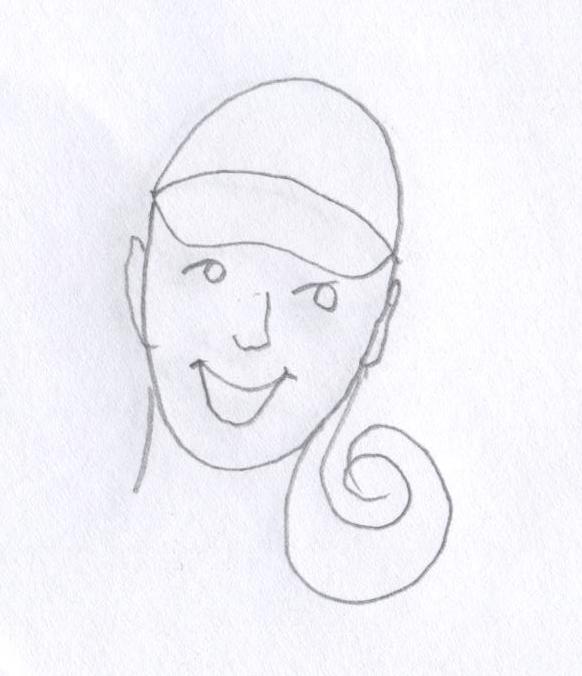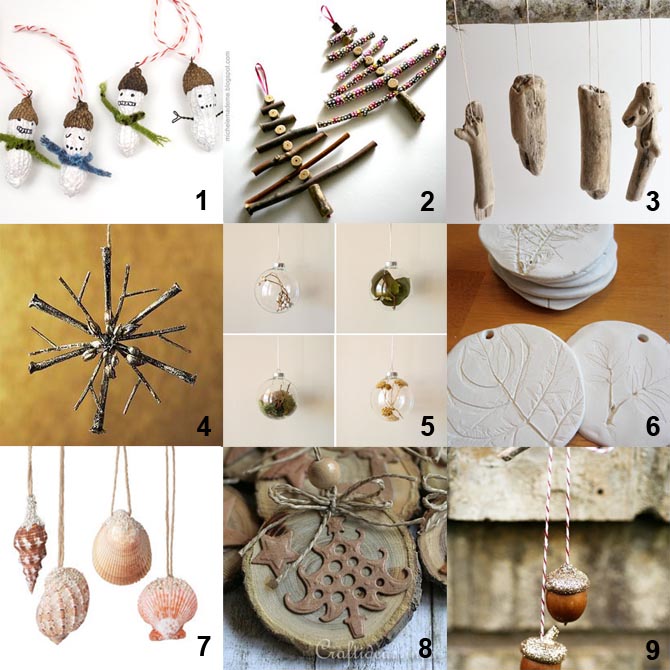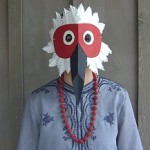Discovering the inner artist: tricks for bringing out the creative child.
This weekend my husband and I headed to the local art museum. There was a gallery featuring artwork by the local high school students. Incredible. Even the pieces missing symmetry or the ‘perfect’ level of shading impressed me. The effort. The thoughtfulness. The unique perspective of each student manifested as creative license in each piece.
I thought of my own daughter and wondered how in the world I would ever be able to encourage the artist in her, considering my lack of formal artistic training. It’s one thing to teach your kid how to glue construction paper and glitter and popsicle sticks together, but it is another beast altogether to teach a child to recreate, on paper, with a pencil, the world around them.
Naturally, I turned to my mother for guidance. How do you teach a kid to draw when the whole idea intimidates you? I grew up watching her draw–for fun, to earn some extra money, and with us. She somehow managed to be encouraging even while she carefully corrected us. She taught us to forgive ourselves when our drawings didn’t look like we thought they should. She taught us to try again, because trying again was fun. I remember drawing with her so clearly, but I don’t remember her technique–how did she teach us to embrace the challenge of recreating something on paper?
She agreed to write up her thoughts on the subject to share with you all…

 It is a common misconception that children need to be taught to draw. But really! They don’t need someone to show them how to make a mark. They love to make marks—on walls and floors and brothers and bellies. I can’t remember a time that I didn’t have a pencil in hand, but it wasn’t until I was in my 30’s that I learned how to “draw” in spite of countless hours and a small fortune invested in lessons. Soon after, I started teaching at my daughter’s elementary school as a volunteer. What I discovered is this: Teaching children to draw means first teaching them to see and teaching them to see means giving them permission to ignore the symbolic world of our educational system. There’s nothing wrong with symbols: this post would mean nothing to you if you had not mastered symbology (i.e. letters) in school. But when it comes to drawing, I find that spaces, lines, texture, hue, saturation and color are much more interesting than symbols. (more…)
It is a common misconception that children need to be taught to draw. But really! They don’t need someone to show them how to make a mark. They love to make marks—on walls and floors and brothers and bellies. I can’t remember a time that I didn’t have a pencil in hand, but it wasn’t until I was in my 30’s that I learned how to “draw” in spite of countless hours and a small fortune invested in lessons. Soon after, I started teaching at my daughter’s elementary school as a volunteer. What I discovered is this: Teaching children to draw means first teaching them to see and teaching them to see means giving them permission to ignore the symbolic world of our educational system. There’s nothing wrong with symbols: this post would mean nothing to you if you had not mastered symbology (i.e. letters) in school. But when it comes to drawing, I find that spaces, lines, texture, hue, saturation and color are much more interesting than symbols. (more…)




 I know it’s not even close to Christmas (despite what
I know it’s not even close to Christmas (despite what 










